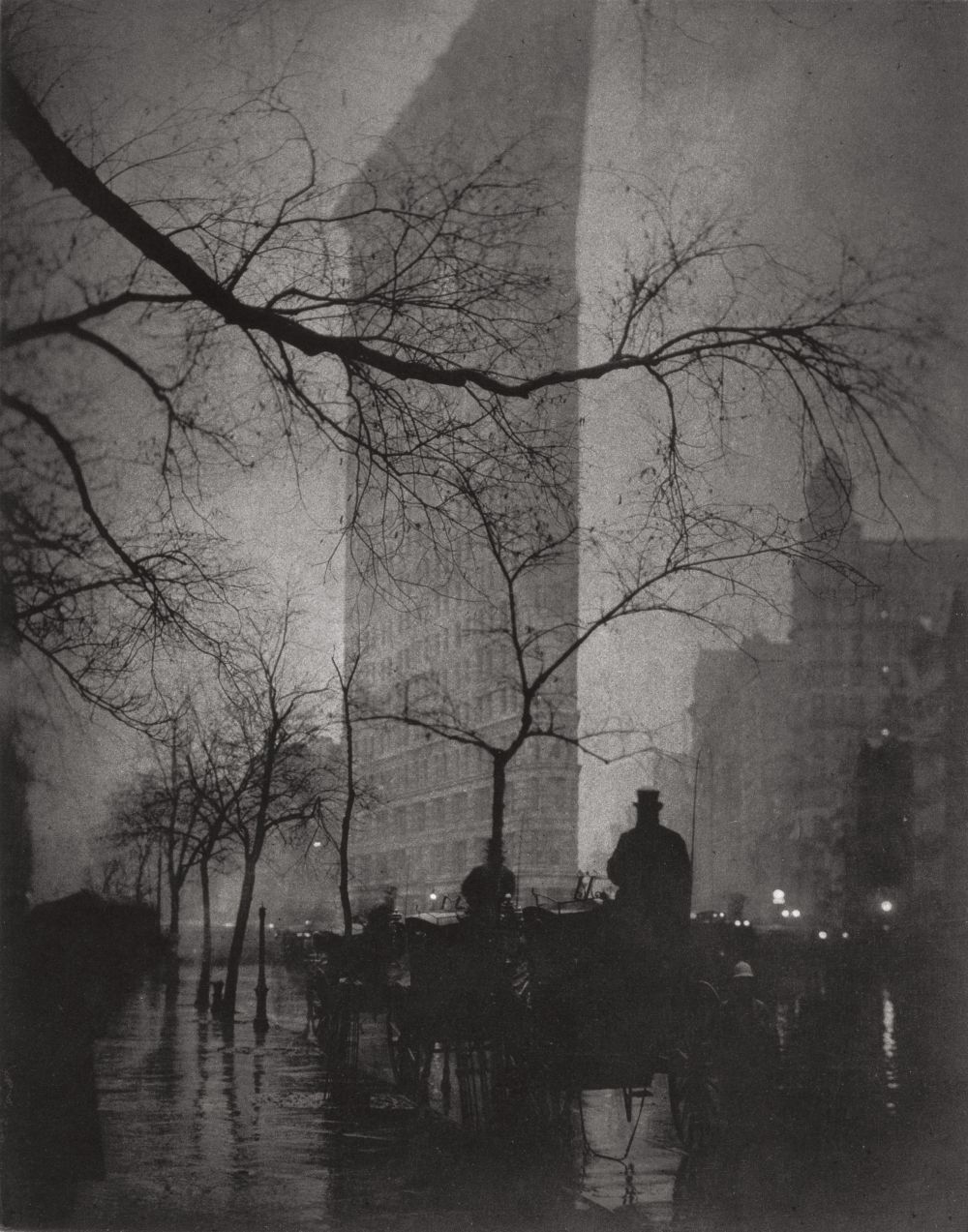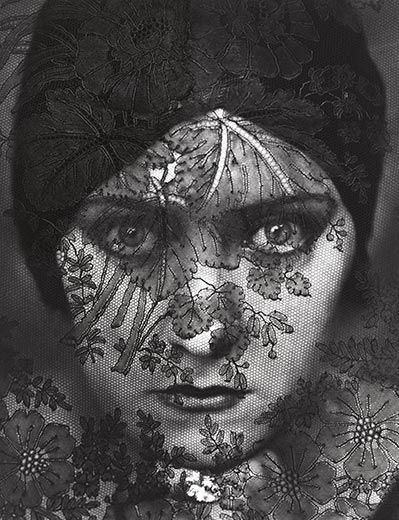Photography – Is it art?
This question has troubled the art world since the very first photographic images were created and fixed in the 1830s. There are those (mainly painters) that argue that since the images were formed mechanically they were of a less ‘fine’ form such as tapestry or fabric printing. The argument rages around the creativity and human endeavour required. As the twentieth century progressed and art changed dramatically it is clear that photography became very serious art indeed. Those that wish to further their understanding of this debate (and fry their brains at the same time) should tackle Walter Benjamin’s great essay of 1936, The Work of Art in the Age of Mechanical Reproduction.
This digression however is really only to introduce a second painting from the recent Ashmolean exhibition: America’s Cool Modernism. I was taken by the simplicity and directness of Edward Steichen’s Le Tournesol (The Sunflower) in the first room.

Edward Steichen, Le Tournesol (The Sunflower), 1922, Museum of Modern Art, New York.
Edward Steichen (1879-1973) was born in Luxembourg, but moved to USA in 1881. He was heavily influenced by European Modernism and spent time in France before the First World War. The painting of 1922 evokes that period of modernism inspired by the machine and the crisp lines and vibrant colours are typical of a movement called precisionism. Whilst vaguely figurative Stecichen wanted to streamline nature into its basic form. I simply love how the artist has rendered the tone of the vase but most of all the brilliance of the flower. Does it represent the sun, or maybe the flash of the camera. Hence my digression on photography.
As well as being a very accomplished modern painter, Edward Steichen was a truly great pioneer in the world of photography. His biography could be regarded as the definitive study of photography as fine art in twentieth century America. He had developed a partnership with Alfred Stieglitz as early as 1900 and worked on photography in magazine work through to 1917, when he entered the war. He became depressed after the war and in 1923 abandoned painting completely in a fit of rage which saw him destroy many of his works, turning entirely to photography. The Sunflower only survived as Steichen had lent it temporarily to a friend. So despite his undoubted quality as a machine age modern painter it was his photography and understanding of America which made him.

Edward Steichen, Flatiron, 1904, Metropolitan Museum of Art, New York.
His full career in photography is well worth a read but highlighted by being a photographer for the fashion magazines Vogue and Vanity Fair, and from 1947-61 was the Director of Photography at The Museum of Modern Art in New York.

Edward Steichen, Gloria Swanson, 1924, (for Vogue Magazine)
So where am I in the debate? Well as (I believe) Art is a mix of creativity (construction) and dexterity (technique), then clearly it must be an art form in its own right – I just do not go out of my way to hunt out photography exhibitions. Now digital imaging, which I see as more akin to painting, well that is different and well worth seeking out. Maybe Steichen’s Sunflower foresaw the digital age. You decide.
I do have comments to make but will leave it until the weekend when my mind is not so stressed!
LikeLike
I bought two exquisite small photographs in Venice a few years ago, and paid ‘art’ prices for them, so maybe the market is one measure!
LikeLike
Perhaps the most important decision made when taking a photograph concerns composition. Then the photographer has to ascertain how best to use available light in order to achieve the best possible outcome. I would contend that the greatest photographers are able to add a third element to their work – the ability to create an image which somehow carries an emotional or suggestive charge. In my view these are all properties of a work of art. Edward Steichen is one of the art’s greatest exponents.
LikeLike
Perhaps the most important decision made when taking a photograph concerns composition. Then the photographer has to ascertain how best to use available light in order to achieve the best possible outcome. I would contend that the greatest photographers are able to add a third element to their work – the ability to create an image which somehow carries an emotional or suggestive charge. In my view these are all properties of a work of art. Edward Steichen is one of the art’s greatest exponents.
LikeLike
Currently reading “Hockney on Photography” a book dedicated to an artist’s thoughts on the same subject. Lots of interesting observations in it. Here just one quote as a teaser
“But it (Photography) is the end (final stage) of a way of seeing (central perspective) that began five hundred years ago (camera obscura). ”
Art or not a single image is simply extremely limited in how it renders a subject. One view point equals one perspective, on instant freezing time where as the observer moves and explores with the eye. His thought why not use photography to capture many perspectives, make everything important close to the observer… in short use photography to create a new way of seeing. Once you go there, and he did, while I try, then the question becomes redundant.
https://pfaufoto.blog/2018/08/18/the-eye-is-a-camera-but-the-mind-is-not/
LikeLike